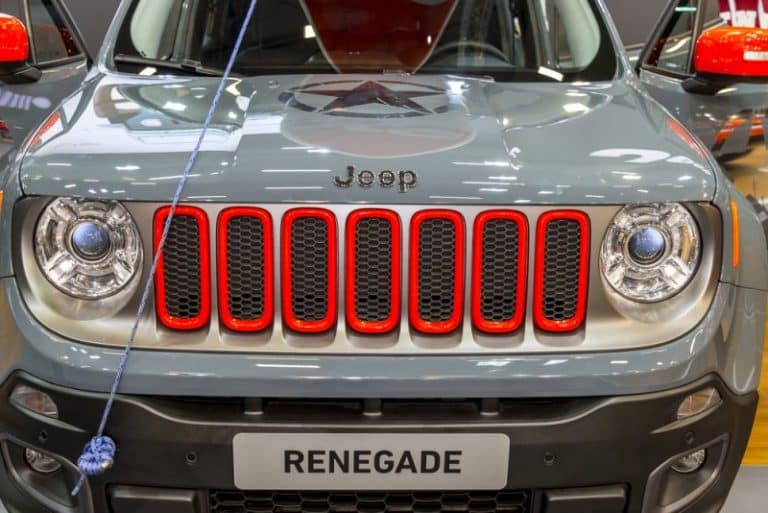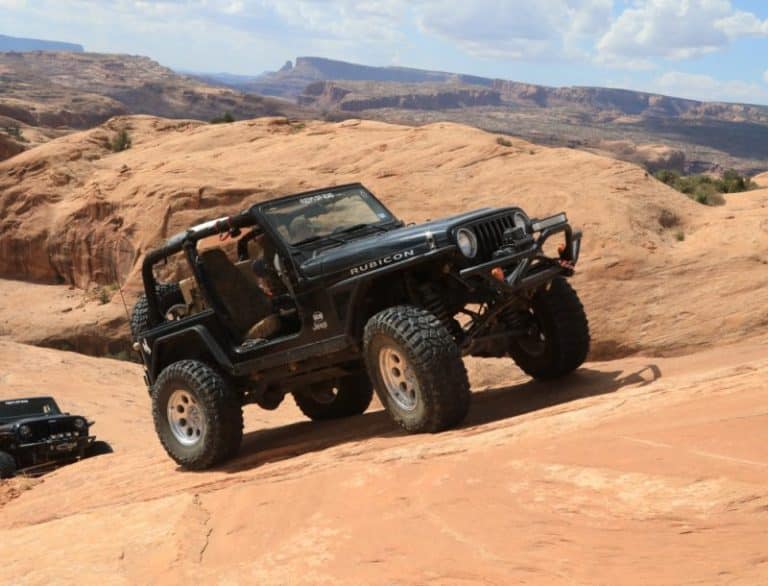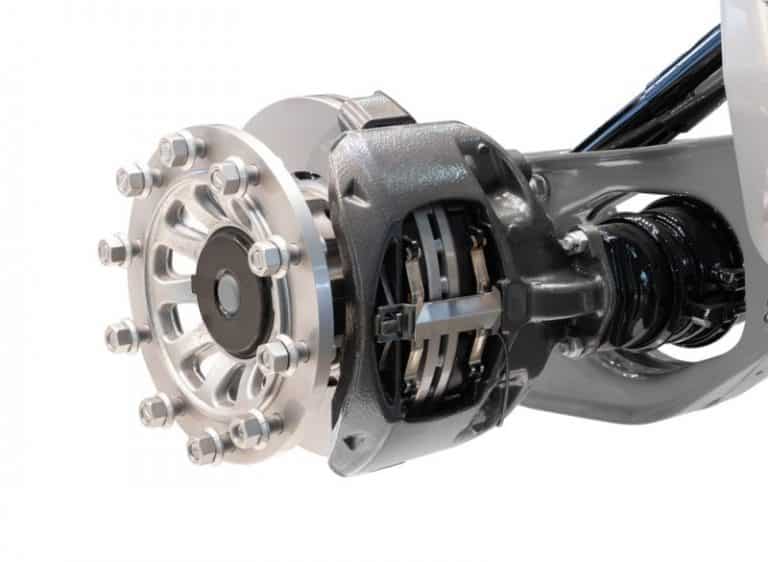How Do I Know if My Jeep Has Vari-Lok? (Must Read)
Jeep cars are ruggedly built to surmount the roughest terrains.
With the latest evolution being the Vari-Lok axles, there is little doubt about this vehicle’s legendary off-road capabilities to keep moving even if just one wheel has traction.
However, with the numerous Jeep models and wheel drive systems, how do you know if your Jeep has Vari-Lok?
If your Jeep comes with a Quadra-Drive 4-wheel drive system as Jeep Grand Cherokee and Grand Cherokee Commander, it has Vari-Lok. A demonstrative confirmation also is to suspend your Jeep in the air with at least one tire fixed to the ground. Then, spin the freely suspended wheels; your Jeep surely operates on Vari-Lok if it locks.
What is Vari-Lok on a Jeep?
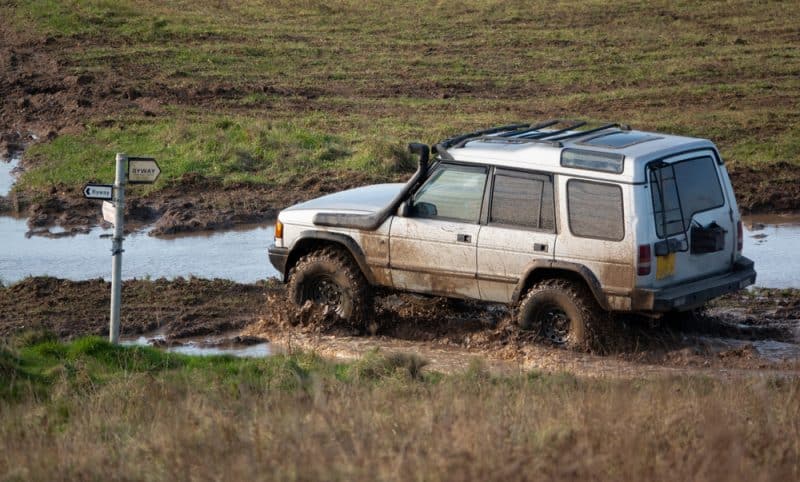
Vari-Lok is specially equipped axles that use an alternating, speed sensing coupling that transfers torque using hydro-mechanical principles from tires with less traction to tires with most traction;
To keep the car in continuous motion and get it out of rough or slippery surfaces.
It works with either a gerotor pump or electronically through an external computer, using sensors to gauge wheel speed and steerage.
It’s an innovative technology that puts the issue of slipping in Jeep wheels to rest in areas of uneven traction.
It is highly effective because unlike traditional standard differential wheel drive systems where torque is distributed evenly,
Supplying wheels that need more torque and wheels that need less with equal power, rendering them dormant in rough or slippery terrains.
The Quadra drive vari-lock system can cut off much-needed torque from wheels with less traction and channel that full power into wheels with the most traction.
To give it the proper force needed to keep the Jeep moving no matter what.
How Does Vari-Lok work?
Vari-Lok uses speed-sensing torque devices to transfer engine power to wheels with the most traction in situations where traction is temporarily insufficient in other wheels.
It does this by sensing speed differences in each wheel and allocating engine power from fast-rotating wheels to slower rotating ones to return equal rotating speed to all wheels.
This feature gives the driver full control over all four tires and benefits in severe or rough terrains.
Under normal driving conditions, the Quadra drive system sends all generated engine power through the driveshaft to the rear axles and both rear wheels.
The generated engine power is transferred to the other rear wheel when a rear wheel loses traction.
When both wheels lack sufficient traction, engine power instantly transfers to the front axle wheels.
Conversely, if one of the front axle wheels loses sufficient traction as well, all available generated engine power completely transfers to the front wheel that has traction.
Regardless of their positions on the four-wheel-drive system, Vari-Lok axles transfer power to both the front and rear axles of the vehicle using a limited-slip differential mechanism.
Quadra drive I systems use a gerotor style limited-slip differential that uses the gerotor pump to compress and transfer torque to slower rotating wheels.
Evident in models like the 1999-2004 Jeep Grand Cherokee (WJ). Meanwhile, the latest Quadra-Drive II systems use electronic limited-slip differential (ELSD).
Evident in the 2005-present Jeep Grand Cherokee (WK, WK2) and Grand Cherokee Commander models do the same.
The Jeep Grand Cherokee (WJ) operates on Quadra drive 1, using the gerotor pump.
The pump works by building pressure when one wheel is spinning, and another is fixed, withdrawing engine power from the wheel with less traction and channeling it to the fixed wheel with more traction.
Meanwhile, the Grand Cherokee Commander (XK) works with the Electronic limited-slip differential (ELSD).
The ELSD uses a planetary or bevel gear set that you can also find in an open differential system and a clutch pack similar in torque to a gerotor pump differential but is controlled externally by a computer that senses changes in steering angle and wheel speed.
An additional tweak was added that enabled traction control in 2005 and since 2011, only rear Electronic limited-slip differential cars are available, with the front axles running on open differential.
That makes Vari-Lok operable only in the rear axles of the vehicle. A peculiar feature that cements the Grand Cherokee Jeep’s off-road capabilities as a sturdy, unstoppable, all-terrain Vehicle.
How Do I Know if I have Vari-Lok Differential?
Suppose suspended tires or tires with less traction on your Quadra drive wheel system lock up a few revolutions after rotating, and power transfers to the wheel with the most traction.
In that case, it is proof your Jeep uses the Vari-Lok differential.
Traditional standard or open differential systems supply engine power equally to both wheels of an axle.
So in a case where you are stuck in off-road terrains or even a pothole, for instance, and a part of your car experiences less traction than others.
Like in instances where some wheels sink in the mud and the other on a dry surface, the engine power would remain equally shared.
That renders the car motionless as insufficient torque in other wheels would be unable to pull the vehicle out of the mud successfully.
On the other hand, a vehicle with a vari-lok differential would cut off power to the sunk wheels and transfer them to the wheels on dry pavement.
Thus, giving 100% of the vehicle’s torque to the wheels with good traction to pull the car out successfully.
Vari-Lok Differential Problems?
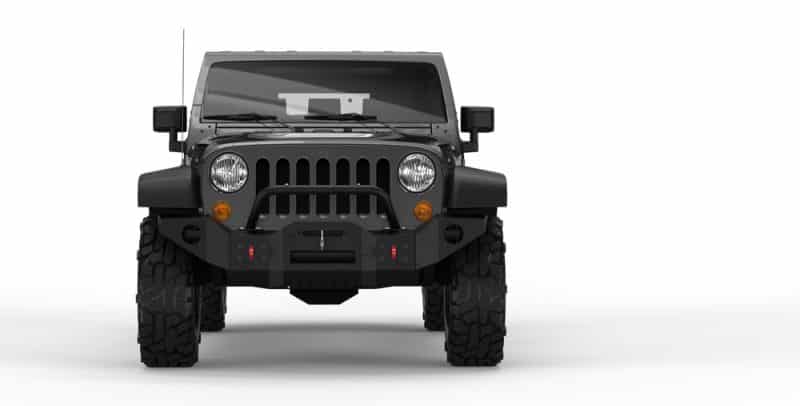
Vari-Lok differential systems use special engine oils containing friction modifier additives that require regular changing and refilling over time.
Choosing the most suitable engine oils could be quite arduous as Vari-Lok systems require specific amounts of friction modifiers to allow for seamless motion in wheel system parts.
Cases of too many friction modifiers can cause your vehicle to chatter. Making uncomfortable squealing noises when braking or making sharp turns.
Which could intermittently lead to misalignment in car parts.
Another problem with using the Vari-Lok differential is that the whole carrier needs replacing when a part needs repair, not just the individual part in question.
As a result, clutches get burnt frequently, and although the Vari-Lok differential seems like a great effective mechanism to get you out of the worst road spots, there are tendencies of it faltering at times.
Aside from these few cons, Vari-Lok is still a better and safer option than traditional open differential systems. Check out to know If My Jeep Has Trac Lok?
It offers an excellent innovative method of giving drivers complete control over their car’s engine power, ensuring full utilization of available traction in wheels.
Even if just one. Using the gerotor or electronic limited-slip differentials provides rapid response time due to the Vari-Lok’s speed-sensing torque transfer mechanism.
Jeep WJ Quadra Drive system and Stock Vari-lok Diffs.
Conclusion
In conclusion, having a Quadra drive wheel system automatically ensures your Jeep comes with Vari-Lok.
Furthermore, vari-Lok’s unique differential makes it alternate torque seamlessly to all four wheels, giving maximum engine power to wheels with more traction to forge your Jeep ahead through rough terrains.
Although it comes with its Pros and cons, it can be an invaluable vehicle feature.

